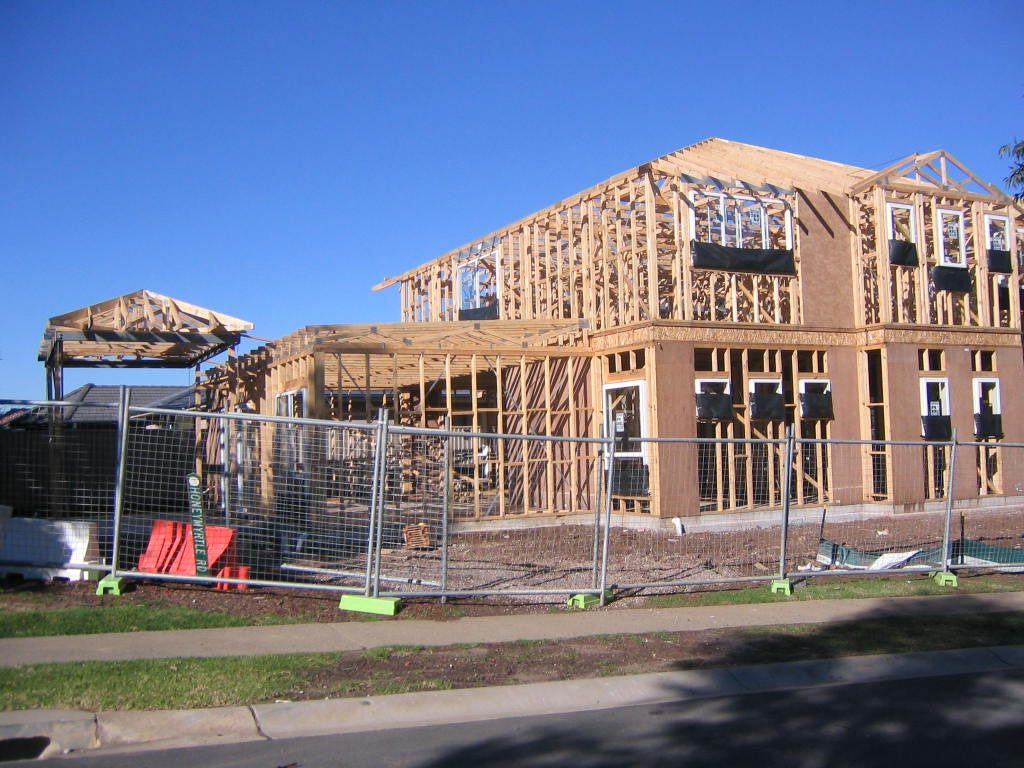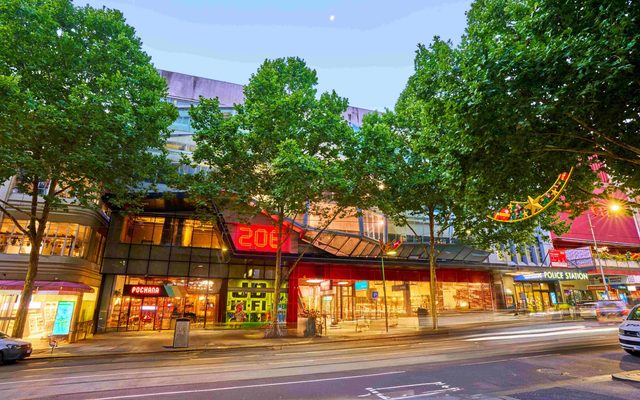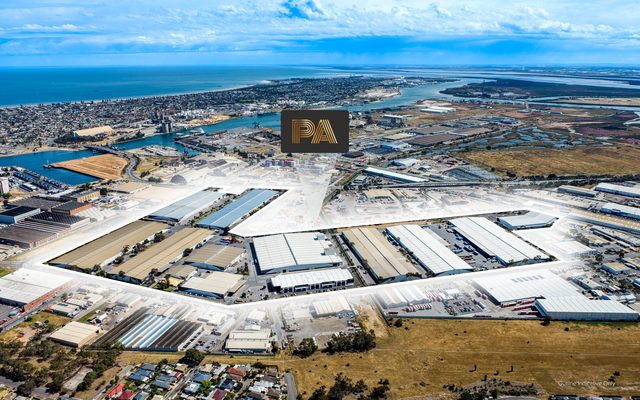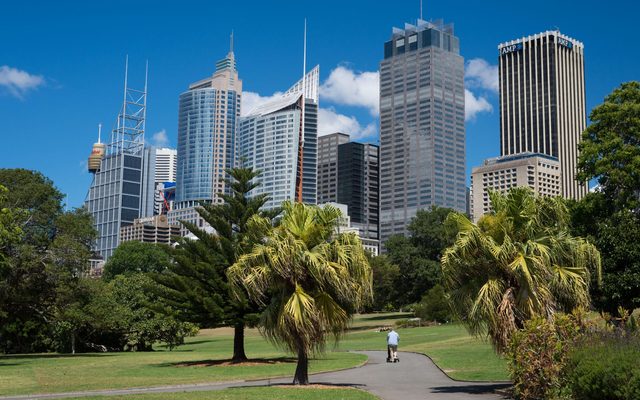This article is from the Australian Property Journal archive
BUILDING approvals in Australia have trended in a major downward spiral in January with five out of six states recording decreases.
The latest ABS data shows a sharp change in direction following December figures which recorded a national increase in dwellings approvals of 15.3%.
The number of total dwellings approved has likely been driven down as a result of rising interest rates and sky-high construction costs.
Total dwellings in seasonally adjusted terms fell 27.6% (the largest national drop since 1980 on record) with NSW having the largest drop (-49.0%). Victoria (-38.6%), Tasmania (-31.7%), Western Australia (-7.9%), and South Australia (-6.5%) also experienced decreases.
Approvals for private sector houses fell in all states as well, with Western Australia (-18.7%) having the largest drop.
Value of non-residential building approved has also suffered a sharp decrease. A 1.6% drop in December has been followed by a cliff fall of 25.6% in January.
Queensland was the only state to record an increase with a rise of 25.0% due to a number of approved apartment developments.
The rising interest rates have left the housing market untouchable by a lot of buyers, refusing to enter a volatile market and opting to wait it out. The RBA’s constant rate hikes have created a hostile environment in the property market, and with no end in sight yet, it’s hard to predict when the market will be more friendly for buyers.
The domino effect that inflation and interest rates have had on different areas of the property market also affected construction costs. Costs were a hugely prevalent issue in 2022, reaching a 20-year high by surging to its fastest annual rate growth in the year up to September.
ANZ reports that the net migration expected in Australia this year will exacerbate some of the decline in building approvals. However, falling home prices and rising interest rates will continue to act as a hindrance for interest in new dwelling developments. ANZ predicts construction activity to continue on a downward trend, with a 4% fall projected in 2023 and 8% fall in 2024 due to demand softening.




